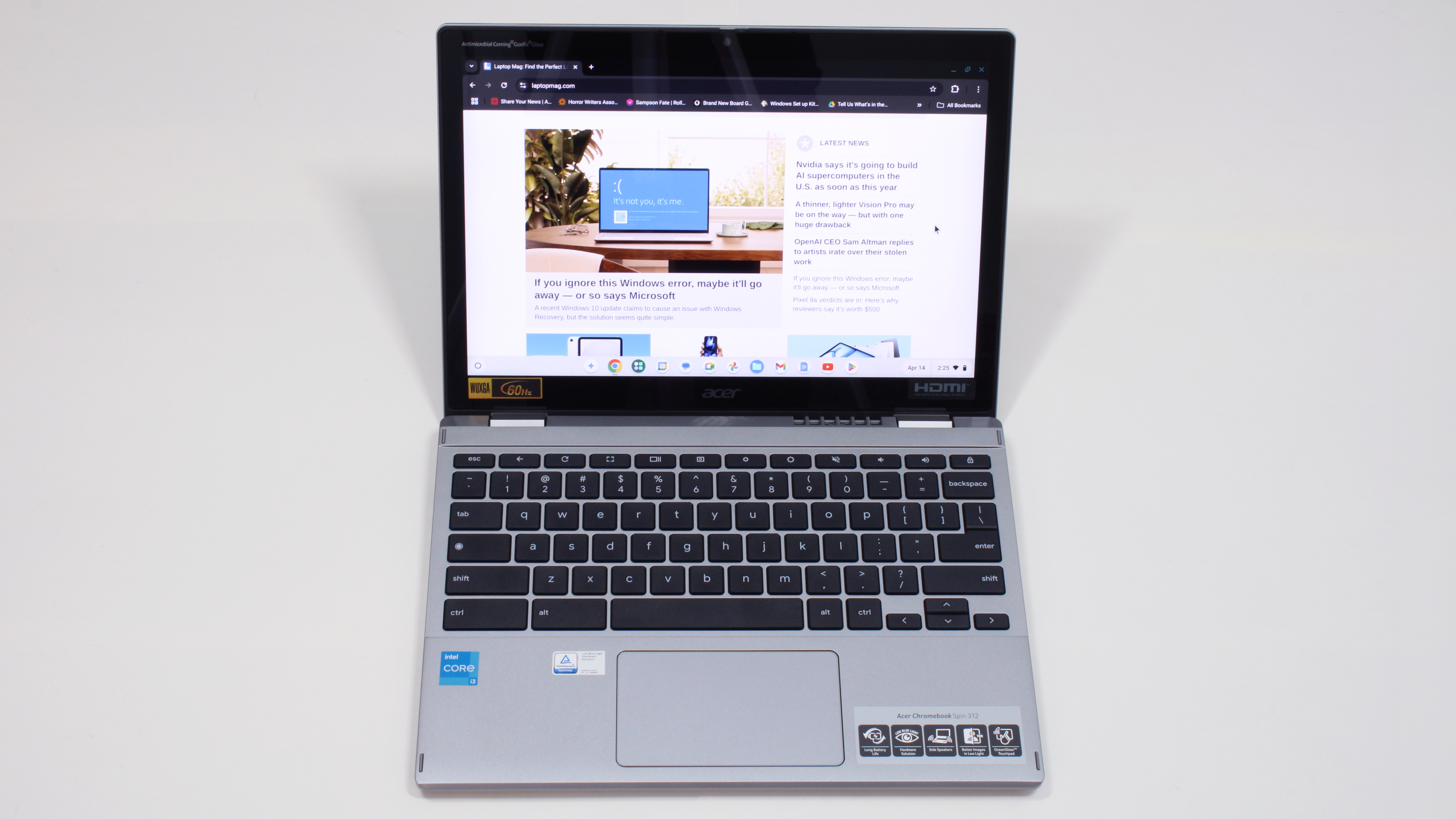I tested Intel's new graphics drivers on the MSI Claw. Here's what happened.
Lunar Lake graphics are better than ever, with some caveats.
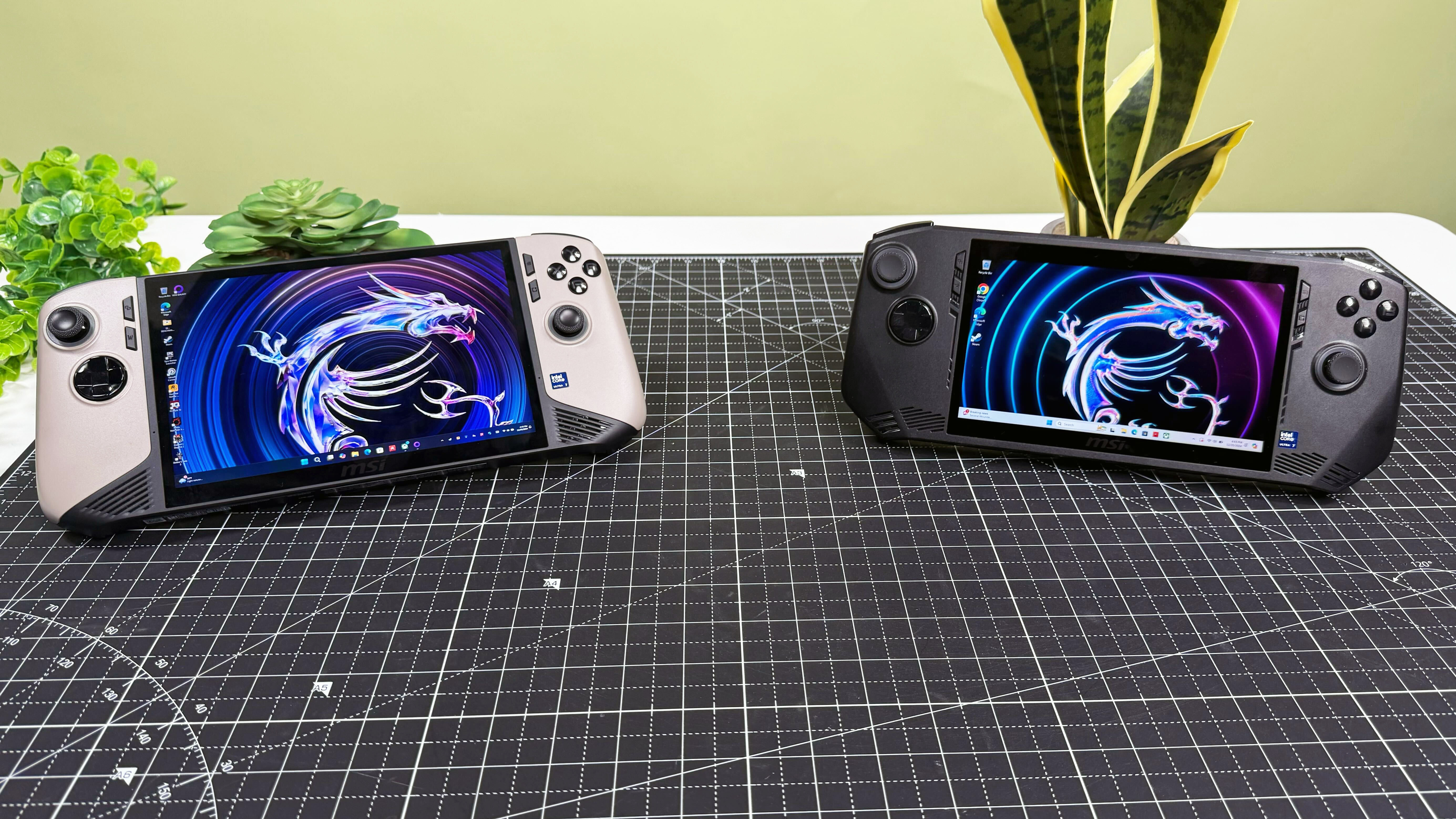
Over the last year, we've seen integrated graphics performance like never before on the latest chips from AMD and Intel. That's good news for gaming handhelds as they rely on integrated graphics chips.
After all, the best gaming handhelds need to have the best possible graphics.
This week, Intel pushed out a major driver update intended to boost the performance of Arc 130V and 140V integrated graphics chips, particularly when operating at low power settings.
While this will impact all of the Intel Core Ultra 200V Lunar Lake chipsets, it's very clearly geared at handheld gaming PCs. And when we're talking Intel handhelds, there's really only two options: The MSI Claw 8 AI+ and the Claw 7 AI+.
So, having seen the news from Intel earlier this week, naturally, we put those claims to the test.
Low power gaming gains: the benchmarks
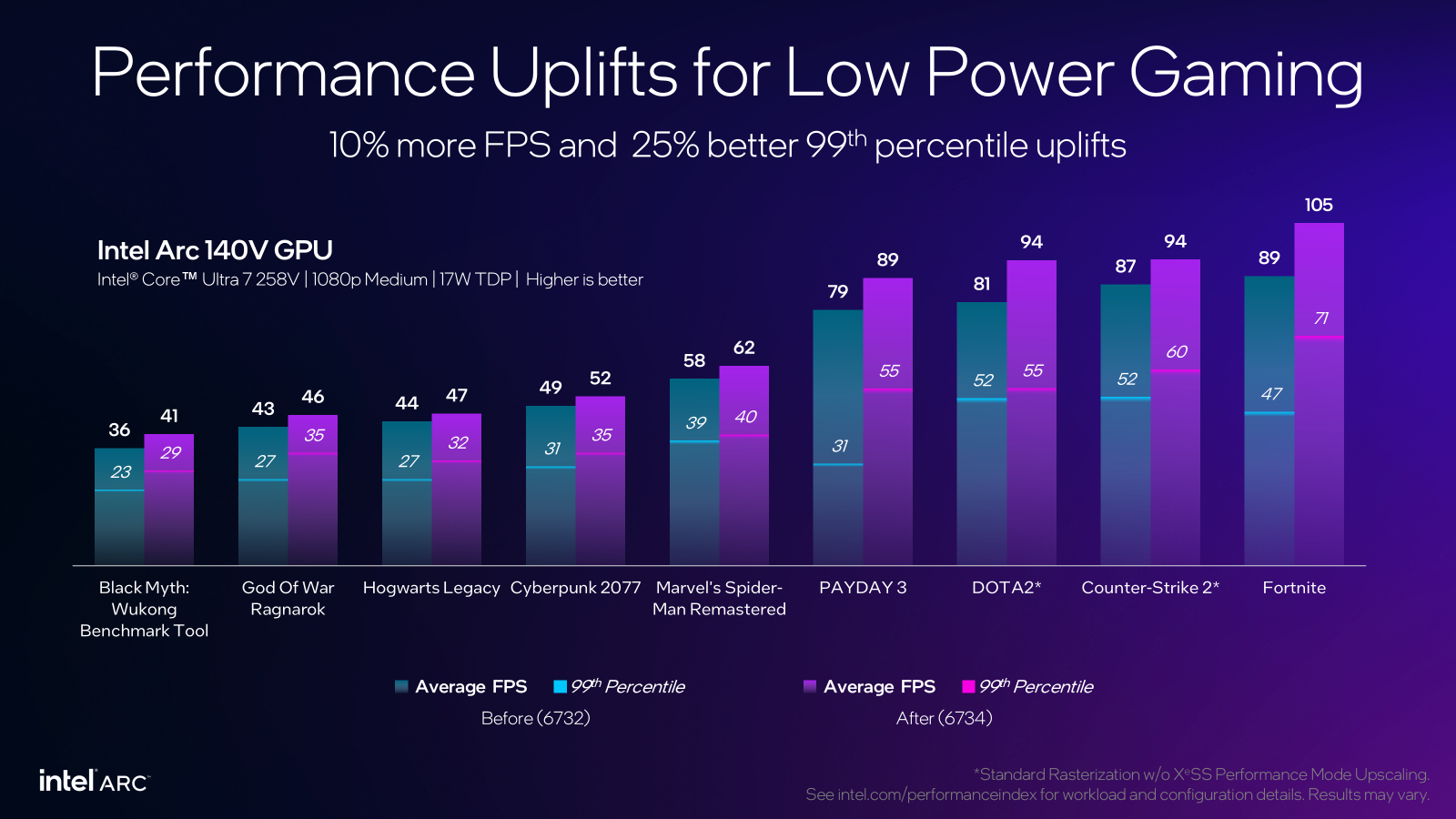
Intel's blog post detailing the graphics driver update indicates a 10% uplift on frame-rates at 17W power.
Since the 17W manual setting on the MSI Claw is more useful for unplugged performance, we decided to test gaming performance with the handheld on battery power. After all, it's hardly a gaming handheld if its plugged in.
Sign up to receive The Snapshot, a free special dispatch from Laptop Mag, in your inbox.
While we did review the Claw 8 AI+ earlier this year, I had to rely on my personal Claw 7 AI+ handheld for these tests, with the Claw set to the 17W performance plan, using Medium graphics settings at 1080p, and XeSS or FSR upscaling enabled.
Since this was not a review unit, I opted to stick to gaming benchmarks that I already had on hand, so I benchmarked the Claw 7 AI+ using Cyberpunk 2077, Monster Hunter: Wilds, and Final Fantasy XIV: Dawntrail.
| Header Cell - Column 0 | Before | After |
|---|---|---|
Cyberpunk 2077 | 43.41 | 45.72 |
Monster Hunter: Wilds | 20.35 | 20.93 |
FFXIV Dawntrail | 43.78 | 45.65 |
While most folks won't be playing Monster Hunter: Wilds on a handheld, the benchmark is a free download and is a pretty rigorous test of the hardware.
With the new Intel driver, I got a less than 1 fps performance boost on Monster Hunter: Wilds which isn't a lot, but for a game that tends to force you into using frame generation, that's not terrible uplift. Though it isn't exactly playable.
For the hunters who just cannot let a moment pass without fighting a tempered monster, you can always enable AMD's FSR upscaling with frame generation to make the game a bit more playable on a handheld. Or drop your graphics preset down to low and enjoy the Monster Hunter: Rise Switch edition nostalgia.
Cyberpunk 2077 and Final Fantasy XIV are far more likely to be played on handhelds, and are certainly above the 30 fps threshold for playability regardless of driver. With the driver update I got a 2 fps increase on both games, for a 4-5% uplift.
I'm not saying Intel is wrong, because their 10% uplift is not the improvement on every one of the games Intel tested. And we only have crossover on one game, so we weren't ever likely to see an exact match.
Additionally not all of my test games feature XeSS support, and not all games Intel tested saw a 10% uplift. So depending on your settings, you may not notice much difference either, but a few frames can make a lot of difference when you're looking at games running under 60fps.
Low-power gaming gains: in game
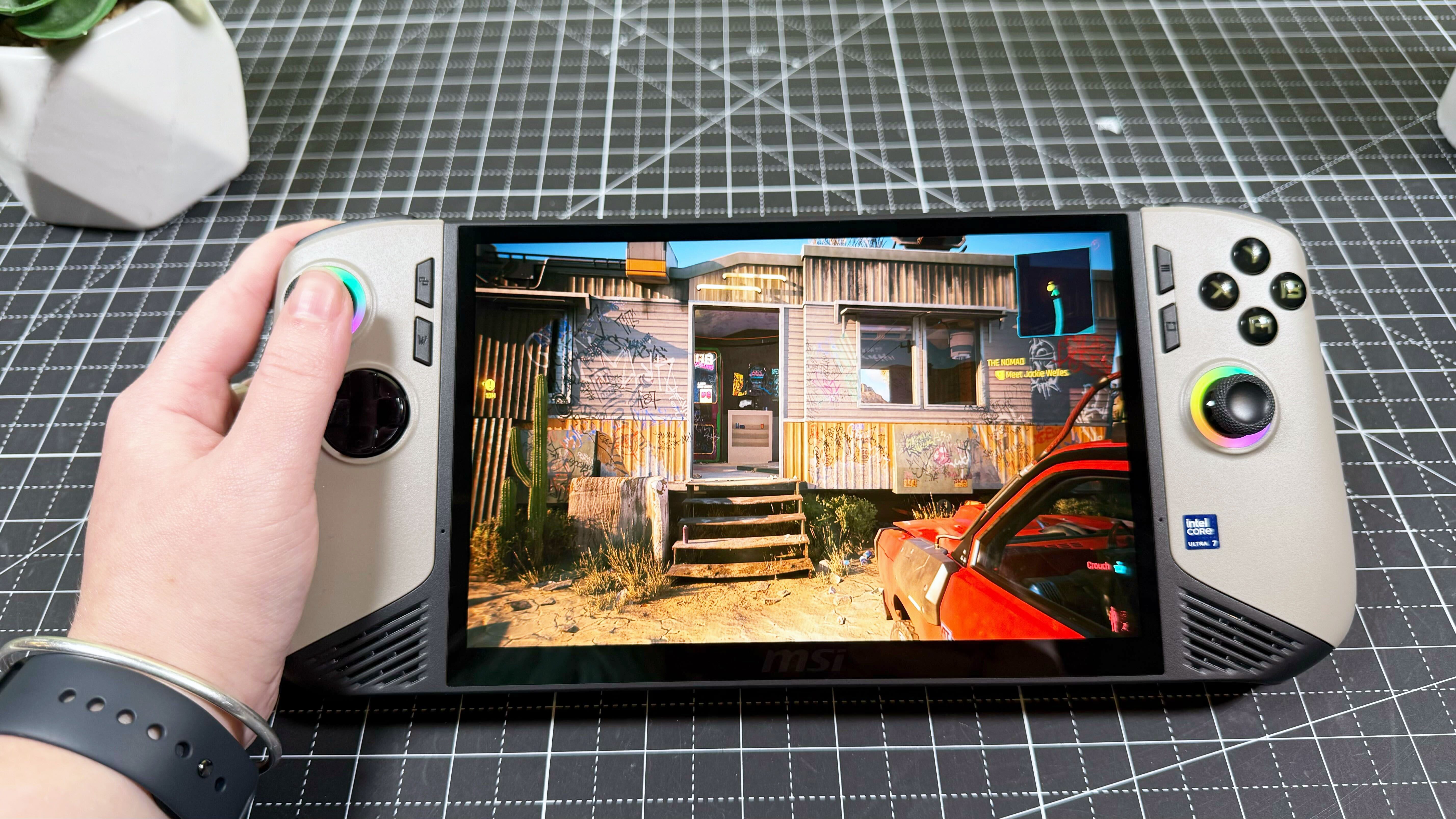
Much as it pains my former lab-tester heart, benchmarks aren't everything. You don't generally play a game by benchmarking it, so I also took a look at how the Intel driver update handled 17W performance while in-game.
After all, one of Intel's main selling points on these new drivers is increased stability, which can be hard to spot with a benchmark.
For this set of tests, I opted to take a look at games I routinely play since I'll more easily notice a frame-rate drop. With Avowed and Bladur's Gate III, I relied on the Microsoft Game Bar to check my frame rates.
Prior to the update, I was running Avowed at 1080p, on Medium settings, and getting about 19 fps without TSR enabled and 26 fps with TSR upscaling. On Bladur's Gate III at 1080p and Medium settings, I was getting frame rates closer to 28 fps with no upscaling.
After the Intel driver update, I'm now seeing frame rates in Avowed in the 21 fps range without TSR enabled, and up to 29 fps with TSR upscaling. On Baldur's Gate III, I'm now getting frame rates in the 34fps range without upscaling. I saw far fewer frame drops in both games, as they held relatively stable with only a few fps variation in either direction from my average.
And when you're dealing with handhelds, frame stability is almost more important than just a raw fps average.
Is the Claw now the handheld gaming king?
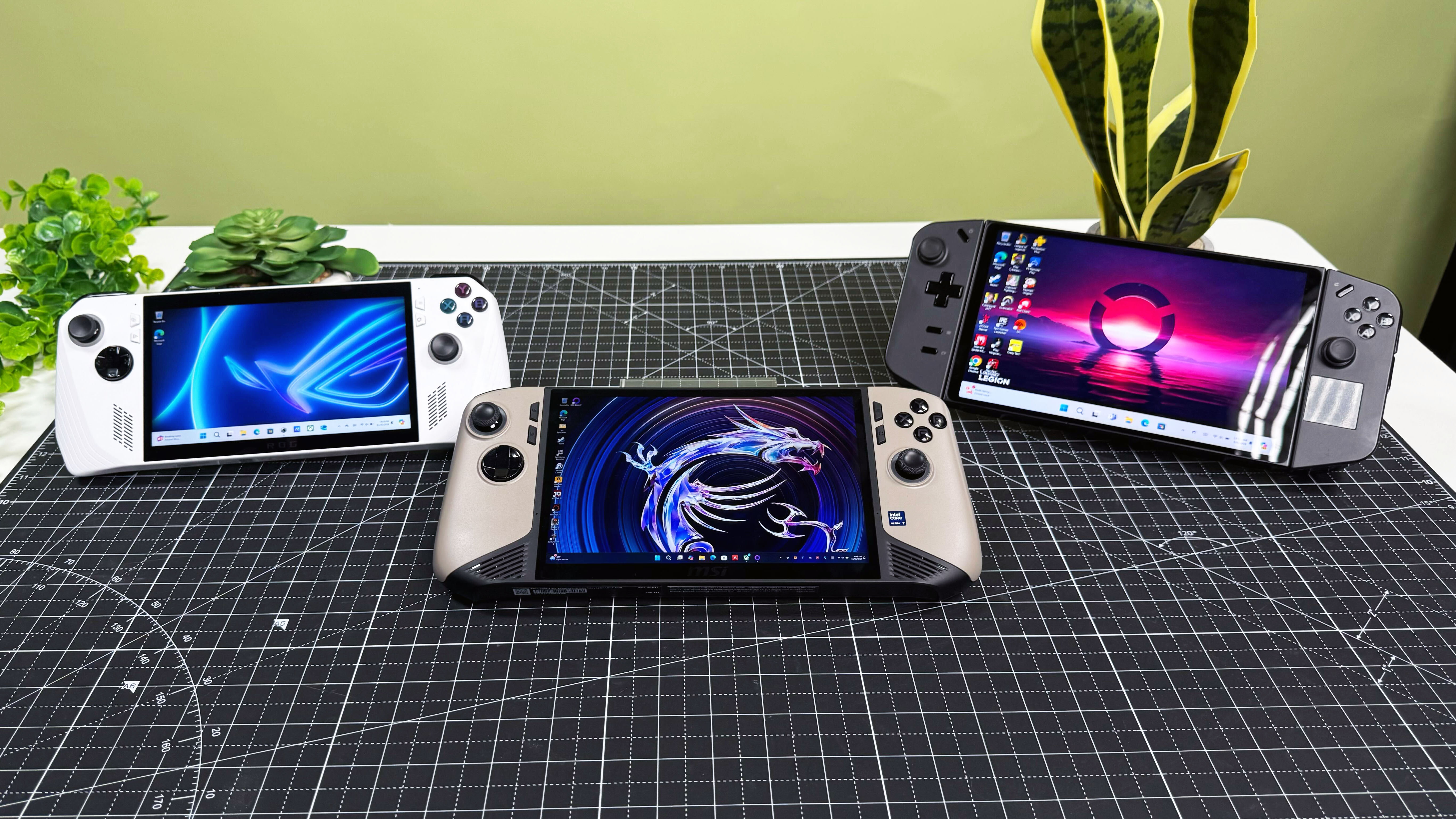
Our top pick for best handheld gaming PC is still the Asus ROG Ally X, in part because of the community support that has helped shape that handheld into its mature second generation. That community approach is driven both by Ally enthusiasts and Asus' own staff, including 16-year veteran Shawn Yen.
The Claw has generated more buzz with this new generation, and we're happy to see Intel working to improve handheld performance, the Claw community hasn't quite hit the same level of collaboration and support as the Ally. Yet, anyway.
That said, if you want the best battery life and fantastic performance, the second generation MSI Claws are worthy contenders for the title.
Whether you go for the larger MSI Claw 8 AI+ or the revamped MSI Claw 7 AI+, both have the same powerful and efficient Intel Core Ultra 7 258V processor with the Intel Arc 140V integrated graphics chip. And both are eligible for this new Intel Arc graphics driver update, which is available now.
While the Ally X still holds on to its handheld crown, that position gets shakier by the day. The Claw 8 AI+ is the clear winner on battery life, but for the overall title, it's a closer race these days than it was just a few months ago.
More from Laptop Mag
- If you preordered a Switch 2 you might want to buy a new Pro controller ASAP
- Nintendo Switch 2 vs. Steam Deck: Which gaming handheld should you buy?
- Intel's 14A chips might finally prove a match for Apple Silicon

A former lab gremlin for Tom's Guide, Laptop Mag, Tom's Hardware, and TechRadar; Madeline has escaped the labs to join Laptop Mag as a Staff Writer. With over a decade of experience writing about tech and gaming, she may actually know a thing or two. Sometimes. When she isn't writing about the latest laptops and AI software, Madeline likes to throw herself into the ocean as a PADI scuba diving instructor and underwater photography enthusiast.
